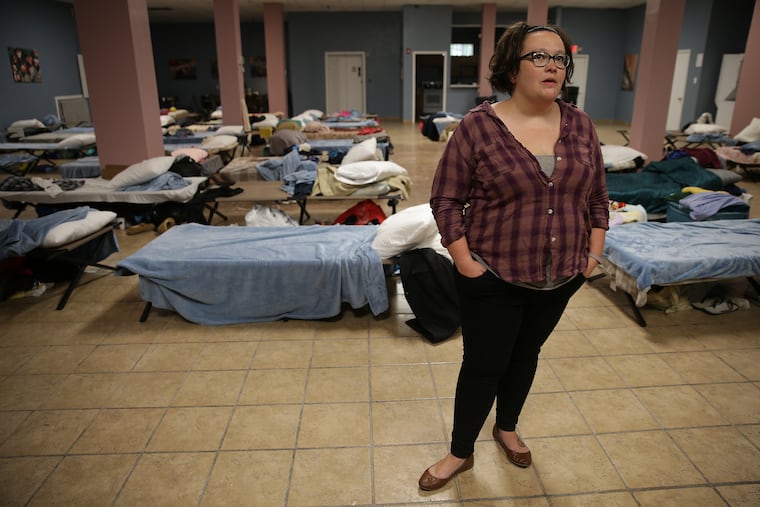How to make your end-of-year donations have impact all year long | Opinion
Use these tips to be sure your donations have the strongest social impact.

The end of the year is giving season, and that includes charitable giving. Why do donors give? Because someone asks us. Or we give because of social pressure, to honor a loved one, to thank an organization that influenced us. But often we’re moved to give because we want to make a difference in the world. When the goal of giving is to do good, that’s philanthropy for social impact. When you seek to do as much good as you can, that’s practicing high-impact philanthropy.
Once a donation is out of your hands, it’s up to the nonprofits you fund to put it to work to make a meaningful impact. You can give confidently when you follow these steps.
Focus on your goals: High-impact philanthropy starts by asking, “What is the main goal of this donation?” It could be feeding the hungry, ensuring all kids learn, reducing poverty, improving the lives of women and girls, providing disaster relief, or any number of worthy causes. Personal experiences often lead donors to commit to a particular community or cause. It is fine to let the heart choose the goal. Once you know what you want your money to accomplish, your head can help you find the programs and organizations that are well-positioned to reach that goal.
Do a little research: High-impact philanthropy looks at the best available evidence in identifying problems and developing solutions. And you don’t need a Ph.D. to do this. Unlike a decade ago, donors no longer need to spend days on their own due diligence, or trying to interpret tax returns in the hope of identifying a nonprofit worthy of their gift. Organizations like our Center for High Impact Philanthropy, GuideStar, and Givewell now exist to do the legwork so that individual donors can get to impact faster and with more confidence.
In addition, more and more donors are banding together in giving circles such as Impact 100, a Philadelphia-based member of Catalist, formerly the Women’s Collective Giving Grantmakers Network. Such groups not only pool their funds, they pool their knowledge so that everyone can collaborate on smarter giving.
Think “bang for your buck”: To do more good, every donor needs to ask, “How can my money go the farthest?” Comparing nonprofit organizations can help answer that question, but don’t just look at their expenses. That is only half the equation. Instead, compare what the organization spends overall to what it achieves. For example, in our 2019 guide to high-impact giving, we show how a donation of $75 can provide a month of career services so that a woman in recovery can help herself and her children create a more stable, healthier life.
Another way to think of bang for the buck is to compare costs with societal benefits: One program we analyzed yields $30 in societal benefits for every $1 spent on effective crime-reduction programs.
By focusing on the goal, doing a little research, and thinking bang for buck, donors can make sure their year-end gifts reflect more than generosity and good intentions. They can be the start of year-round social impact.
Katherina Rosqueta is the founding executive director of the Center for High Impact Philanthropy, and adjunct faculty at the University of Pennsylvania School of Social Policy & Practice.